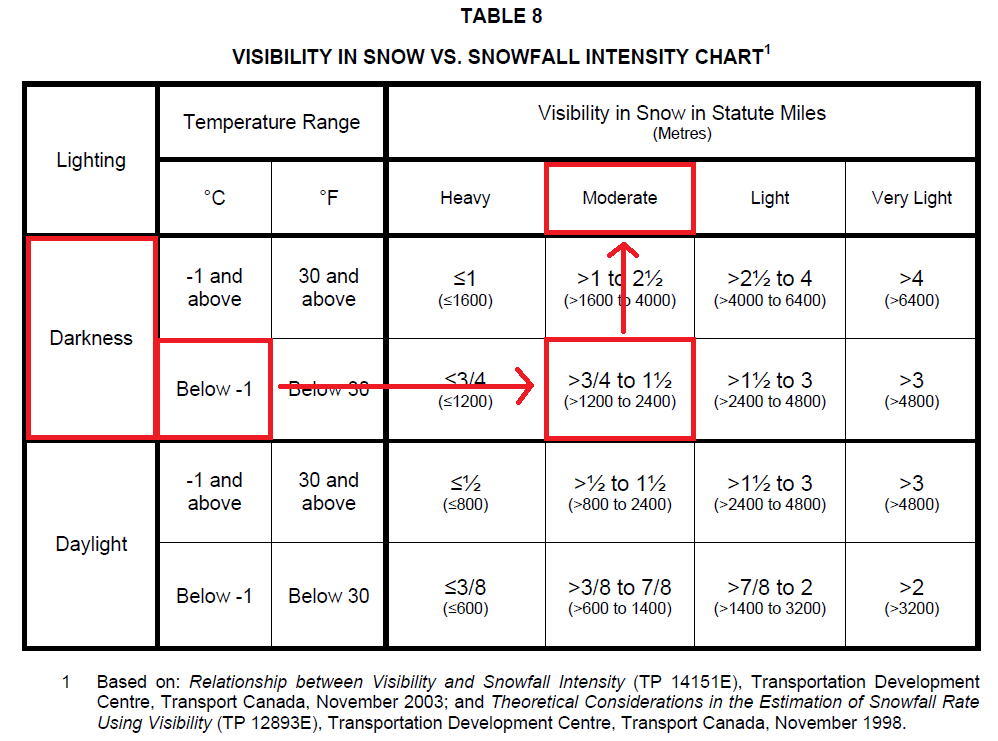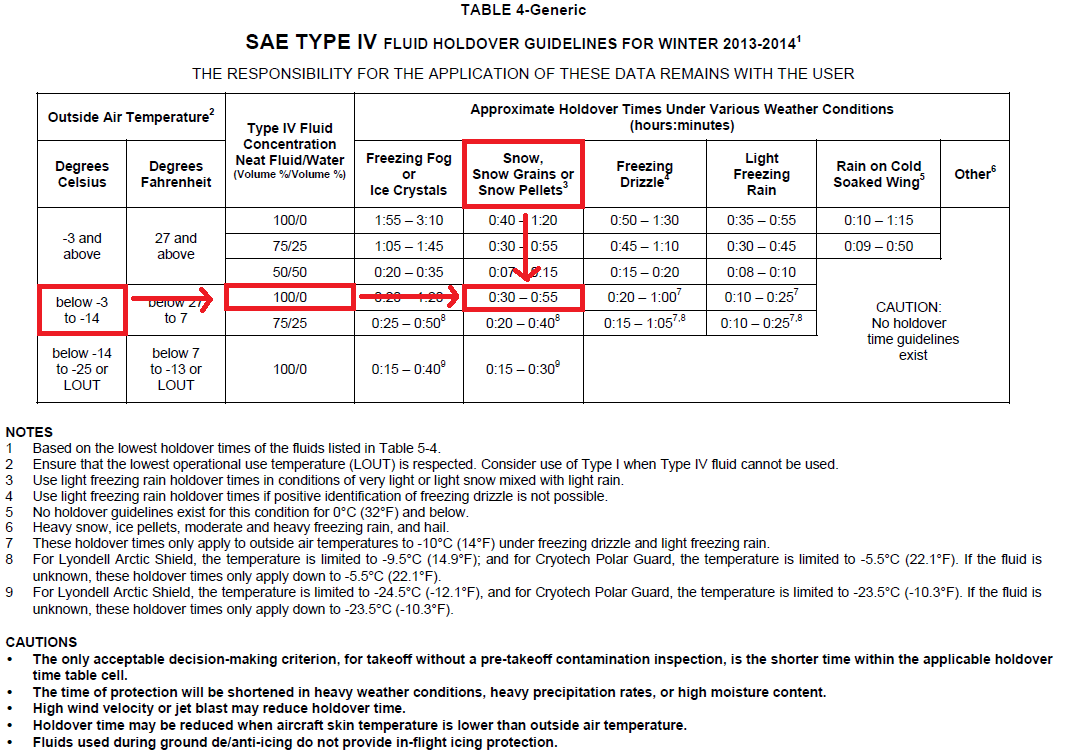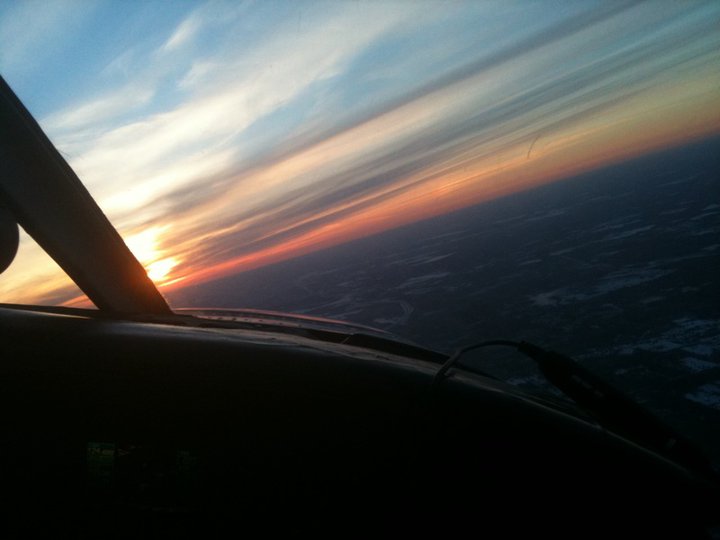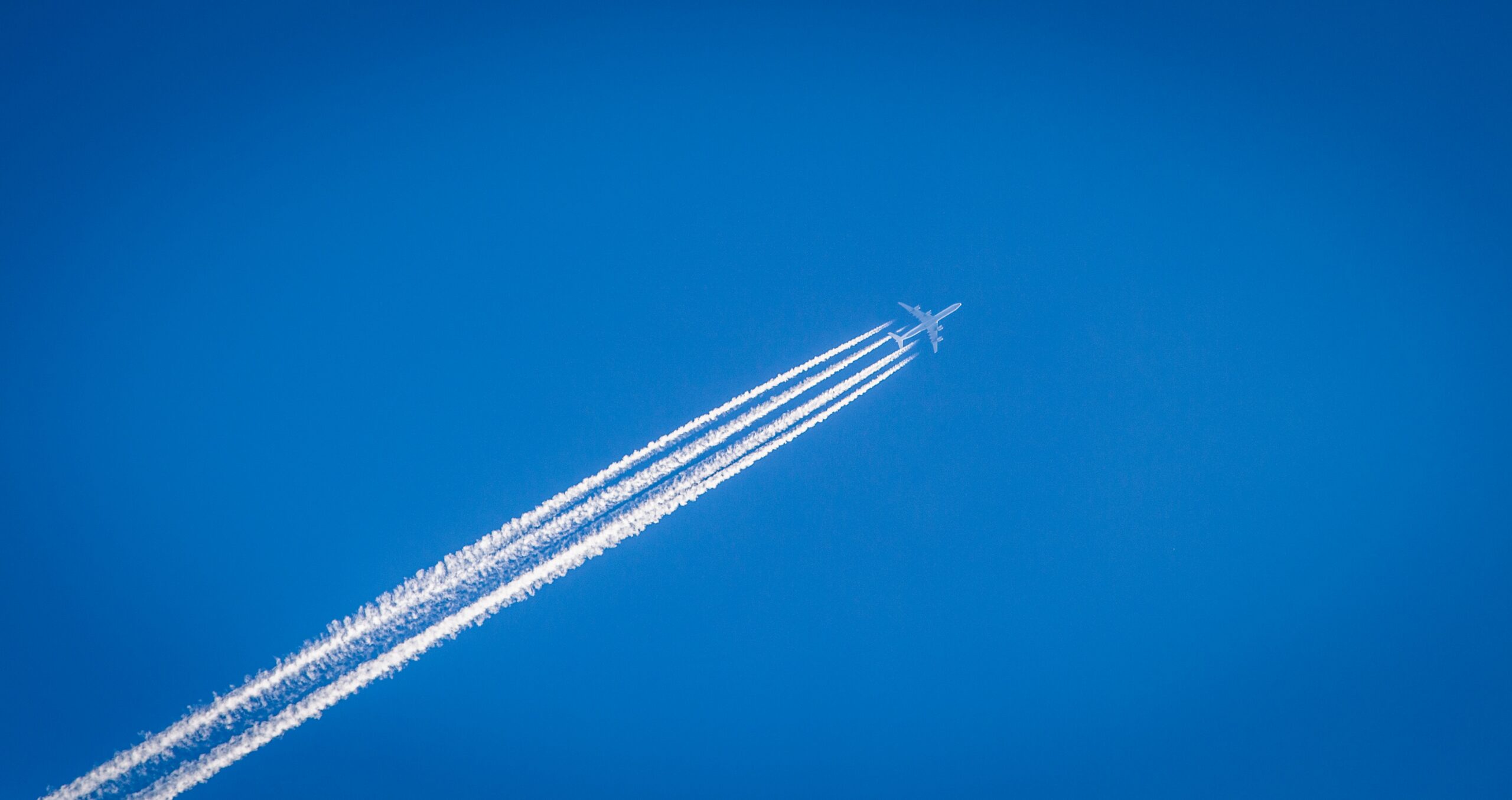Introduction to De-icing and Anti-icing for Canadian Pilots
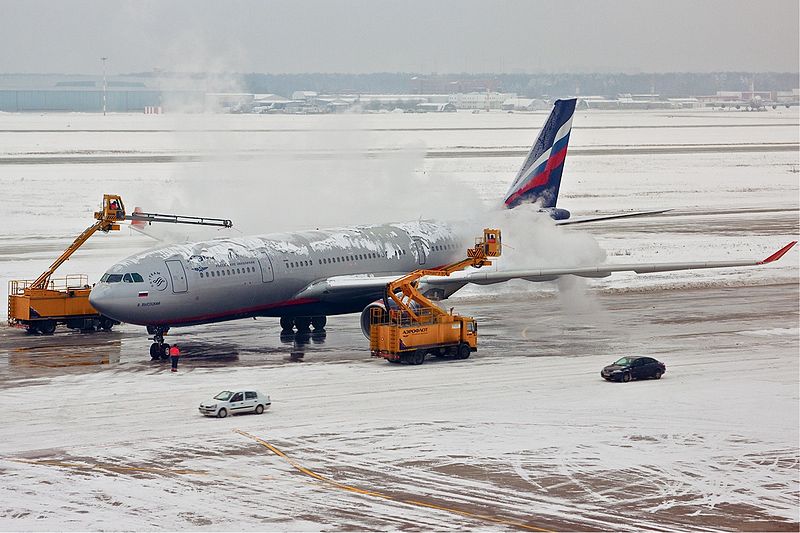
Photo: Alex Pereslavtsev (Licence Agreement)
Every Canadian pilot is familiar with the dangers of ice, frost or snow adhering to their aircraft. Removing these contaminates after a snow storm or on a frosty morning is something every student pilot has done. Depending on the best practices for the aircraft type you may have used brushes, mops, ropes, or a basic de-icing fluid.
As you move from the student world to commercial flying you deal with the removal of contaminants and also the management of active precipitation, such as snow, sleet, freezing rain, freezing drizzle and freezing fog.
Quick Review
Before we talk more about de-icing and anti-icing, lets review some basic concepts.
- You must never take-off in an aircraft where there is any frost, ice or snow adhering to any critical surfaces.
- Critical surfaces include: wings, control surfaces, rotors, propellers, vertical & horizontal stabilizers, other stabilizing surfaces, and the upper surfaces of a fuselage in the case of an aircraft with a rear mounted engine. An aircraft manufacture may also indicate other areas that should be free from contamination.
- If there is any chance that frost, snow or ice could be adhering to any critical surface an inspection prior to take-off is required.
- Contamination on aircraft can reduce lift by as much as 30% and increase drag by as much as 40%.
De-icing and Anti-Icing
In Canada we primarily use two types of de-icing and anti-icing fluids, Type I and Type IV. Type I is heated and applied to the aircraft with pressure to remove contamination from the aircraft surfaces. Type I fluid does have some anti-icing characteristics that are very limiting. As a result, during active precipitation, after Type I has been used to remove contamination Type IV is applied for anti-ice protection. Because Type IV fluid is more viscous than Type I fluid, it has effective anti-icing characteristics. During takeoff roll type IV fluid is designed to shear off the aircraft. Depending on aircraft type, type of fluid and temperature, some aircraft may experience reduced performance that must be compensated for. The type of fluid, type of precipitation, and intensity of precipitation determines how much anti-ice protection an aircraft has to maneuver from the de-icing facility to takeoff. This time is called holdover time.
Calculating Holdover Time
Every year Transport Canada publishes Holdover Time (HOT) Guidelines (http://66.46.192.186/index.html). As its name implies, it is used by pilots as a guide to determine the amount of time they have from the start of the final application to the time when the anti-ice fluid may not be effective. Because it is a guideline based on various factors it is possible that fluid effectiveness lasts more or less time than what appears in the guidelines. The pilot in command is always responsible to ensure the aircraft is free of contamination prior to take-off. Always refer to your company’s policies on how to apply these guidelines.
As mentioned before, during periods of active precipitation, frost, ice and snow is removed first with Type I fluid. As the Type IV fluid is applied the time is noted of when this starts. Holdover time always starts when the final application of anti-ice fluid is applied.
Before referring to a guideline that represents the type of fluid being applied you must first determine the snowfall intensity, if the precipitation is snow. Look for the table “Visibility in Snow vs Snowfall Intensity Chart”. This chart is used for snow, snow grains or snow pellets.
METAR CYHZ 290200Z 32005KT 1SM -SN SCT035 BKN079 M11/M12 A2984
Looking at the METAR above we know it is dark outside, the temperature is -11°C and the visibility is 1 mile. Using this information in the example below we determine snowfall intensity is actually moderate, not light as the METAR implies. It is this moderate snow fall that will be used when looking at the holdover guidelines.
Note: Using RVR values should not be used when looking at this chart.
Looking in the Transport Canada Holdover Time (HOT) Guidelines find the table that represents the type of fluid being used for anti-ice. In this example we are looking at a generic table for Type IV fluid. The de-icing facility will be able to provide you with details on the fluid makeup. Using the information from the METAR and type of fluid being used, a holdover time of 0:30-0:55 is calculated.
Note:
- Always refer to the footnotes and notes at the bottom of the table.
- There is no holdover time given for the “Other” category, which includes heavy snow and moderate or greater freezing rain.
- Always use worse case senerio if the weather conditions change after the start of the final application of anti-ice fluid.
- Even though there is a space of time given as a holdover time, it is a guideline only and the pilot in command is always responsible to ensure the aircraft is free of contamination prior to take-off.
Conclusion
As you can see, calculating holdover time has many factors, and there are many more factors relevant to your aircraft type and company’s procedures. You will notice that the word “guide” is used a lot when referring to this subject and the responsibility always falls to the pilot in command, regardless of any guide. Always remember: The pilot in command is always responsible to ensure the aircraft is free of contamination prior to take-off.
More Information and Sources
- Canadian Aviation Regulations 602.11 (http://www.tc.gc.ca/eng/civilaviation/regserv/cars/menu.htm)
- Transport Canada Aeronautical Information Manual AIR 2.12.2 (http://www.tc.gc.ca/eng/civilaviation/publications/tp14371-menu-3092.htm)
- Transport Canada Holdover (HOT) Guidelines (http://66.46.192.186/index.html)
